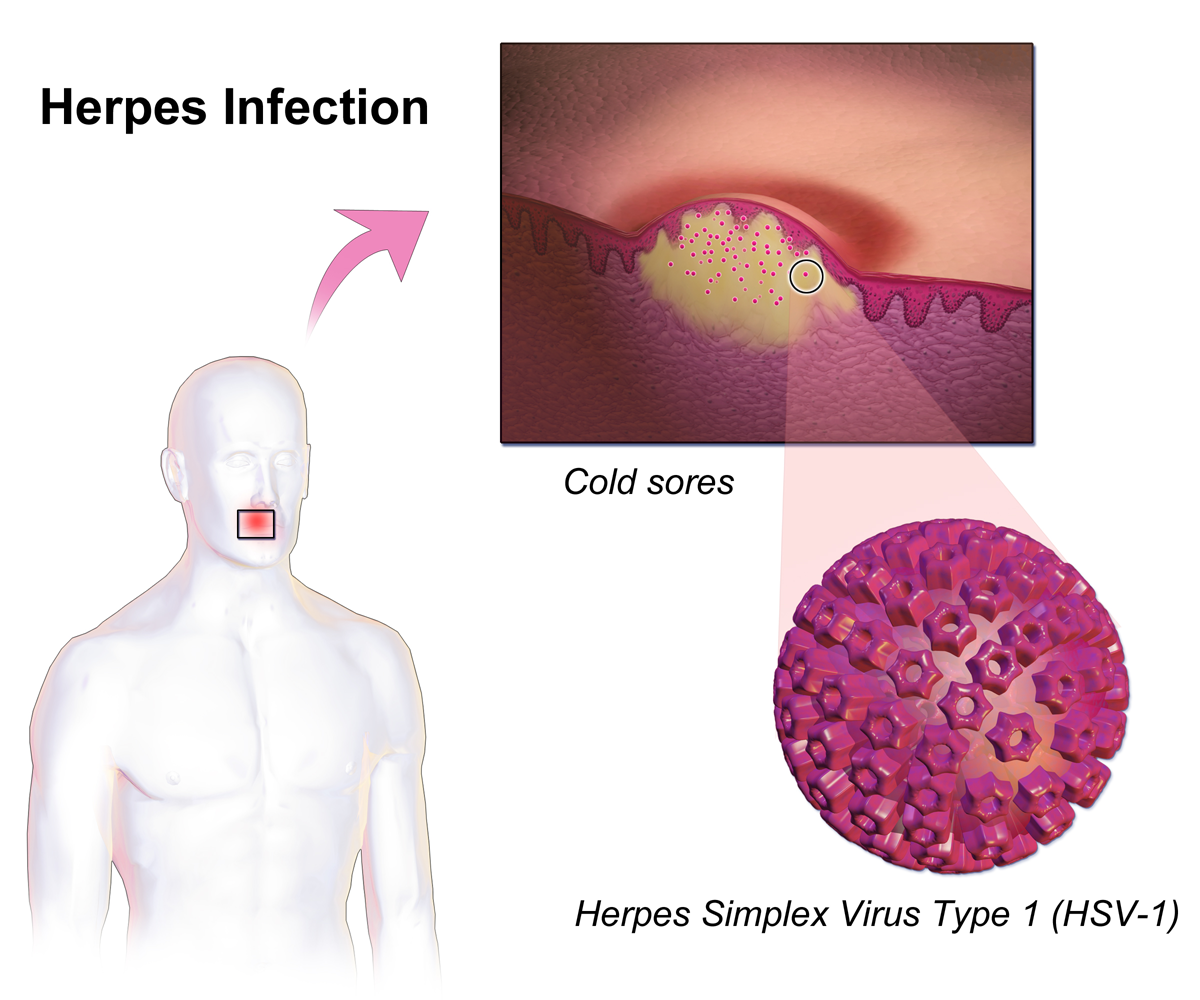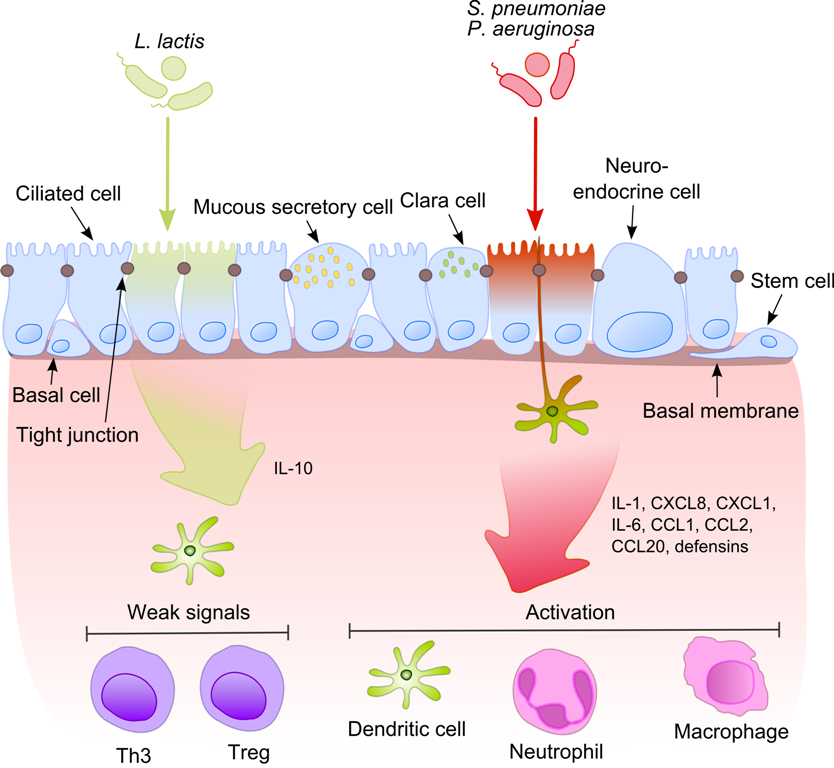|
Conjunctivitis
Conjunctivitis, also known as pink eye or Madras eye, is inflammation of the conjunctiva, the thin, clear layer that covers the white surface of the eye and the inner eyelid. It makes the eye appear pink or reddish. Pain, burning, scratchiness, or itchiness may occur. The affected eye may have increased tears or be "stuck shut" in the morning. Swelling of the sclera may also occur. Itching is more common in cases due to allergies. Conjunctivitis can affect one or both eyes. The most common infectious causes in adults are viral, whereas in children bacterial causes predominate. The viral infection may occur along with other symptoms of a common cold. Both viral and bacterial cases are easily spread between people. Allergies to pollen or animal hair are also a common cause. Diagnosis is often based on signs and symptoms. Occasionally, a sample of the discharge is sent for microbial culture, culture. Prevention is partly by handwashing. Treatment depends on the underlying cause ... [...More Info...] [...Related Items...] OR: [Wikipedia] [Google] [Baidu] |
Neonatal Conjunctivitis
Neonatal conjunctivitis is a form of conjunctivitis (inflammation of the outer eye) which affects newborn babies following birth. It is typically due to neonatal bacterial infection, although it can also be non-infectious (e.g. chemical exposure). Infectious neonatal conjunctivitis is typically contracted during vaginal delivery from exposure to bacteria from the birth canal, most commonly '' Neisseria gonorrhoeae'' or ''Chlamydia trachomatis''. Antibiotic ointment is typically applied to the newborn's eyes within 1 hour of birth as prevention for gonococcal ophthalmia. This practice is recommended for all newborns and most hospitals in the United States are required by state law to apply eye drops or ointment soon after birth to prevent the disease. If left untreated, neonatal conjunctivitis can cause blindness. Signs and symptoms Neonatal conjunctivitis by definition presents during the first month of life. Signs and symptoms include: * Pain and tenderness in the eyeball * Con ... [...More Info...] [...Related Items...] OR: [Wikipedia] [Google] [Baidu] |
Red Eye (medicine)
A red eye is an eye that appears red due to illness or injury. It is usually hyperemia, injection and prominence of the superficial blood vessels of the conjunctiva, which may be caused by disorders of these or adjacent structures. Conjunctivitis and subconjunctival hemorrhage are two of the less serious but more common causes. Management includes assessing whether emergency action (including referral) is needed, or whether treatment can be accomplished without additional resources. slit lamp, Slit lamp examination is invaluable in diagnosis but initial assessment can be performed using a careful history, testing vision (visual acuity), and carrying out a swinging-flashlight test, penlight examination. Diagnosis Particular sign (medicine), signs and symptoms may indicate that the cause is serious and requires immediate attention. Seven such signs are: * #Reduced visual acuity, Reduced visual acuity * #Ciliary flush, Ciliary flush (circumcorneal injection) * #Corneal abnormal ... [...More Info...] [...Related Items...] OR: [Wikipedia] [Google] [Baidu] |
Contact Lenses
Contact lenses, or simply contacts, are thin lens (optics), lenses placed directly on the surface of the Human eye, eyes. Contact lenses are ocular prosthetic devices used by over 150 million people worldwide, and they can be worn to corrective lens, correct vision or for cosmetics, cosmetic or therapeutic reasons. In 2010, the worldwide market for contact lenses was estimated at $6.1 billion, while the US soft lens market was estimated at $2.1 billion.Nichols, Jason J., et a"ANNUAL REPORT: Contact Lenses 2010" January 2011. Multiple analysts estimated that the global market for contact lenses would reach $11.7 billion by 2015. the average age of contact lens wearers globally was 31 years old, and two-thirds of wearers were female.Morgan, Philip B., et al"International Contact Lens Prescribing in 2010" ''Contact Lens Spectrum''. October 2011. People choose to wear contact lenses for many reasons. Aesthetics and cosmetics are main motivating factors for people who want to avo ... [...More Info...] [...Related Items...] OR: [Wikipedia] [Google] [Baidu] |
Bloodshot Eye
A red eye is an eye that appears red due to illness or injury. It is usually injection and prominence of the superficial blood vessels of the conjunctiva, which may be caused by disorders of these or adjacent structures. Conjunctivitis and subconjunctival hemorrhage are two of the less serious but more common causes. Management includes assessing whether emergency action (including referral) is needed, or whether treatment can be accomplished without additional resources. Slit lamp examination is invaluable in diagnosis but initial assessment can be performed using a careful history, testing vision (visual acuity), and carrying out a penlight examination. Diagnosis Particular signs and symptoms may indicate that the cause is serious and requires immediate attention. Seven such signs are: * Reduced visual acuity * Ciliary flush (circumcorneal injection) * Corneal abnormalities including edema or opacities ("corneal haze") * Corneal staining * Pupil abormalities includi ... [...More Info...] [...Related Items...] OR: [Wikipedia] [Google] [Baidu] |
Chlamydia Infection
Chlamydia, or more specifically a chlamydia infection, is a sexually transmitted infection caused by the bacterium ''Chlamydia trachomatis''. Most people who are infected have no symptoms. When symptoms do appear, they may occur only several weeks after infection; the incubation period between exposure and being able to infect others is thought to be on the order of two to six weeks. Symptoms in women may include vaginal discharge or burning with urination. Symptoms in men may include discharge from the penis, burning with urination, or pain and swelling of one or both testicles. The infection can spread to the upper genital tract in women, causing pelvic inflammatory disease, which may result in future infertility or ectopic pregnancy. Chlamydia infections can occur in other areas besides the genitals, including the anus, eyes, throat, and lymph nodes. Repeated chlamydia infections of the eyes that go without treatment can result in trachoma, a common cause of blindness ... [...More Info...] [...Related Items...] OR: [Wikipedia] [Google] [Baidu] |
Gonorrhea
Gonorrhoea or gonorrhea, colloquially known as the clap, is a sexually transmitted infection (STI) caused by the bacterium ''Neisseria gonorrhoeae''. Infection may involve the genitals, mouth, or rectum. Gonorrhea is spread through sexual contact with an infected person, or from a vertical transmission, mother to a child during birth. Infected males may experience Dysuria, pain or burning with urination, discharge from the Human penis, penis, or testicular pain. Infected females may experience burning with urination, vaginal discharge, vaginal bleeding between Menstruation, periods, or pelvic pain. Complications in females include pelvic inflammatory disease and in males include epididymitis, inflammation of the epididymis. Many of those infected, however, have no symptoms. If untreated, gonorrhea can spread to septic arthritis, joints or endocarditis, heart valves. Globally, gonorrhea affects about 0.8% of women and 0.6% of men. An estimated 33 to 106 million new cases occu ... [...More Info...] [...Related Items...] OR: [Wikipedia] [Google] [Baidu] |
Mast Cell Inhibitor
Mast cell stabilizers are medications used to prevent or treat certain allergic disorders. They block mast cell degranulation, stabilizing the cell and thereby preventing the release of histamine and related mediators. One suspected pharmacodynamic mechanism is the blocking of IgE-regulated calcium channels. Without intracellular calcium, the histamine vesicles cannot fuse to the cell membrane and degranulate. As inhalers they are used to treat asthma, as nasal sprays to treat hay fever (allergic rhinitis) and as eye drops for allergic conjunctivitis. Finally, in oral form, they are used to treat the rare condition of mastocytosis. Examples Mast cell stabilizer medications include: * cromoglicic acid (cromolyn/cromoglycate) * ketotifen * lodoxamide * nedocromil * pemirolast * olopatadine Research The following substances are studied on their potential mast cell stabilizing effects, but the current results are inconclusive: * vitamin D * quercetin Quercetin is a plant flavon ... [...More Info...] [...Related Items...] OR: [Wikipedia] [Google] [Baidu] |
Viral Infection
A viral disease (or viral infection) occurs when an organism's body is invaded by pathogenic viruses, and infectious virus particles (virions) attach to and enter susceptible cells. Examples include the common cold, gastroenteritis, COVID-19, the flu, and rabies. Structural characteristics Basic structural characteristics, such as genome type, virion shape and replication site, generally share the same features among virus species within the same family. * Double-stranded DNA families: three are non-enveloped (''Adenoviridae'', ''Papillomaviridae'' and ''Polyomaviridae'') and two are enveloped (''Herpesviridae'' and ''Poxviridae''). All of the non-enveloped families have icosahedral capsids. * Partly double-stranded DNA viruses: ''Hepadnaviridae''. These viruses are enveloped. * One family of single-stranded DNA viruses infects humans: ''Parvoviridae''. These viruses are non-enveloped. * Positive single-stranded RNA families: three non-enveloped (''Astroviridae'', ''Calicivirid ... [...More Info...] [...Related Items...] OR: [Wikipedia] [Google] [Baidu] |
Herpes
Herpes simplex, often known simply as herpes, is a viral infection caused by the herpes simplex virus. Herpes infections are categorized by the area of the body that is infected. The two major types of herpes are oral herpes and genital herpes, though other forms also exist. Oral herpes involves the face or mouth. It may result in small blisters in groups, often called cold sores or fever blisters, or may just cause a sore throat. Genital herpes involves the genitalia. It may have minimal symptoms or form blisters that break open and result in small ulcers. These typically heal over two to four weeks. Tingling or shooting pains may occur before the blisters appear. Herpes cycles between periods of active disease followed by periods without symptoms. The first episode is often more severe and may be associated with fever, muscle pains, swollen lymph nodes and headaches. Over time, episodes of active disease decrease in frequency and severity. Herpetic whitlow typically inv ... [...More Info...] [...Related Items...] OR: [Wikipedia] [Google] [Baidu] |
Bacterial Infection
Pathogenic bacteria are bacteria that can cause disease. This article focuses on the bacteria that are pathogenic to humans. Most species of bacteria are harmless and many are beneficial but others can cause infectious diseases. The number of these pathogenic species in humans is estimated to be fewer than a hundred. By contrast, several thousand species are considered part of the gut flora, with a few hundred species present in each individual human's digestive tract. The body is continually exposed to many species of bacteria, including beneficial commensals, which grow on the skin and mucous membranes, and saprophytes, which grow mainly in the soil and in decaying matter. The blood and tissue fluids contain nutrients sufficient to sustain the growth of many bacteria. The body has defence mechanisms that enable it to resist microbial invasion of its tissues and give it a natural immunity or innate resistance against many microorganisms. Pathogenic bacteria are speci ... [...More Info...] [...Related Items...] OR: [Wikipedia] [Google] [Baidu] |






